What to do in Guinea: 20 must-sees and must-dos
Pierre
14 Sep 2023
Wondering what to do in Guinea in two weeks, 10 days or 3 weeks?
We’ve put together this guide for you, to ensure you have an unforgettable trip. Stretching some 949 kilometers from north to south, Guinea offers a mosaic of landscapes, from the bustling coastline of Conakry to the majestic mountains of Fouta Djallon.
So, let the wild beauty of Guinea bewitch you and tell you stories that only nature can whisper in the traveler’s ear.
Your online travel health insurance
Start your quotation now and obtain your medical insurance certificate, which insures medical expenses according to the country’s needs.
Before going to the various places we will mention in this article, you can find below the link to the local tourism agency that will enable you to travel within Guinea:
Conakry, Guinea’s vibrant capital, is located on the Atlantic coast, offering an impressive mix of beaches, islands and modern urban areas.
Firstly, the People’s Palace and the National Museum stand out as major points of interest.
Afterwards, the city is famous for its lively nightlife, colorful markets and musical festivities.
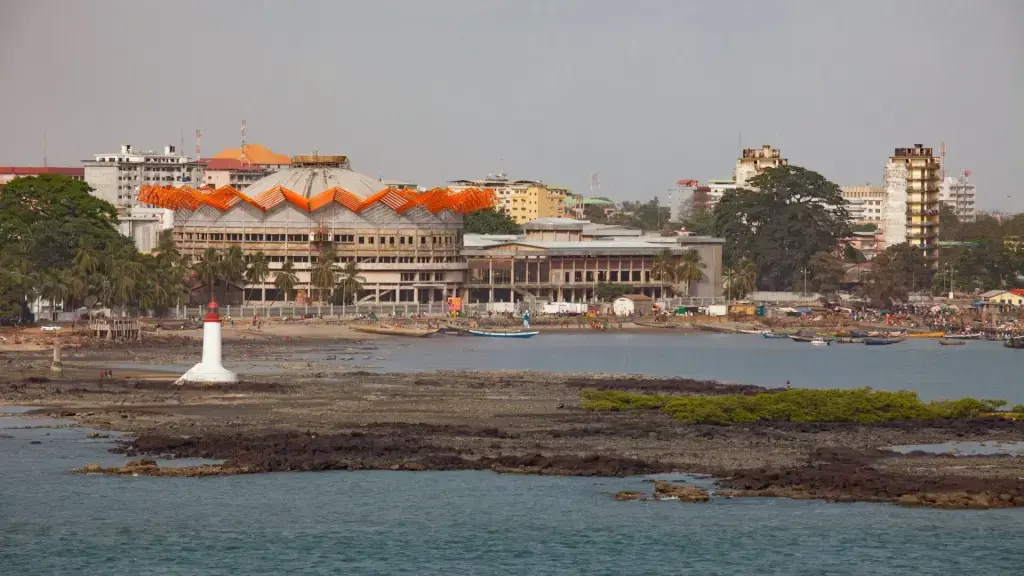
The Îles de Loos, a string of islands off the coast of Conakry, are jewels of breathtaking natural beauty.
First of all, you’ll discover pristine beaches, coconut palms and a rich biodiversity.
Afterwards, visitors can dive into the crystal-clear waters, go on excursions or simply relax on the fine sand.
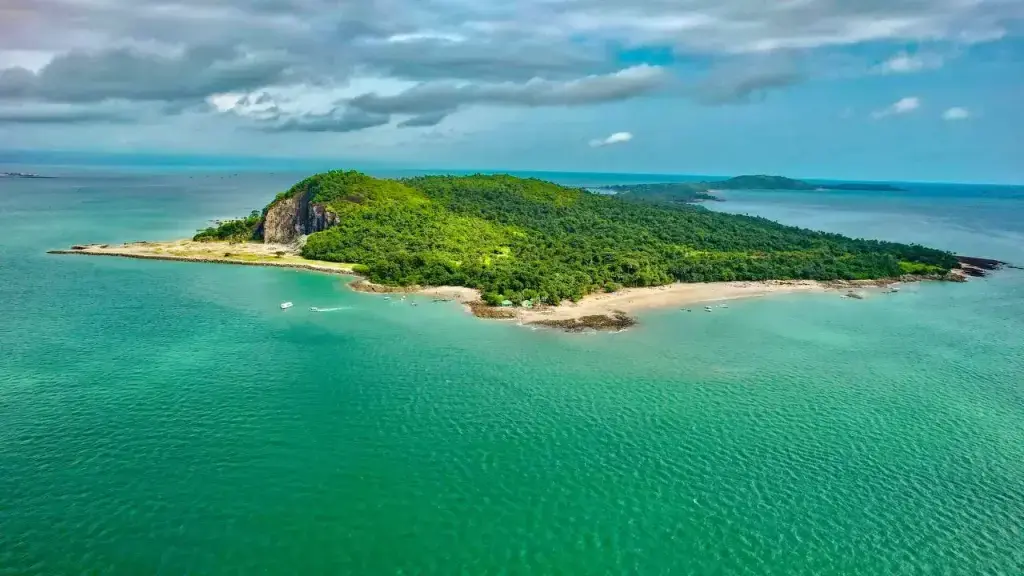
The Haut Niger National Park, located in the heart of Guinea, is a green sanctuary extending over vast territories.
Surrounded by savannahs, forests and rivers, it is home to a wide variety of wildlife. Elephants, hippos and monkeys are just some of the wonders to be seen on safari.
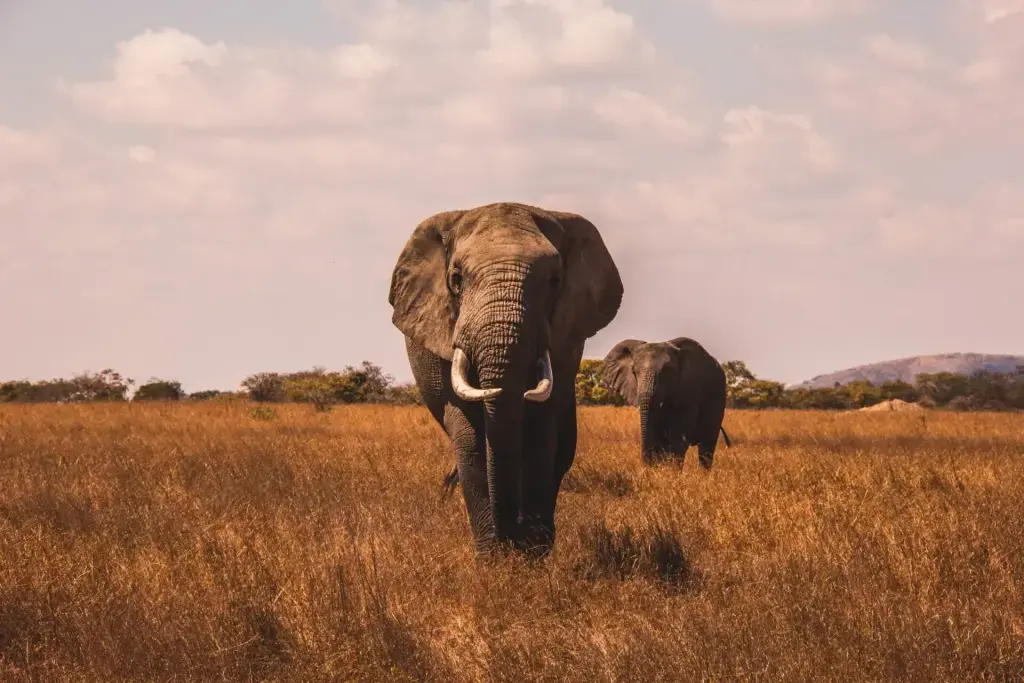
Not far from Conakry, the Soumba Falls tumble elegantly down Guinea’s verdant hills.
Firstly, the site is surrounded by lush vegetation, adding to the charm of the aquatic spectacle.
The coolness of the area also attracts families for picnics and adventurers for short hikes.
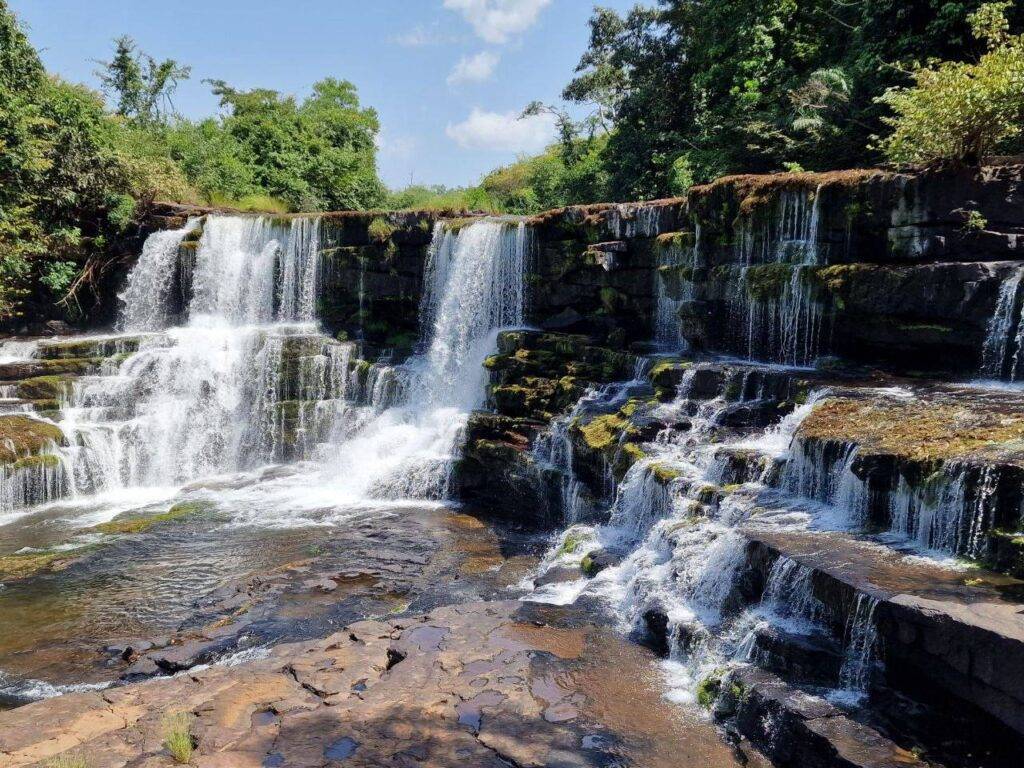
Mount Nimba, a majestic peak on the border between Guinea, Côte d’Ivoire and Liberia, dominates the region at an altitude of 1,752 metres.
Secondly, this mountain is the jewel in the crown of a UNESCO World Heritage nature reserve.
Visitors can stroll along its trails to admire its exceptional flora and fauna.
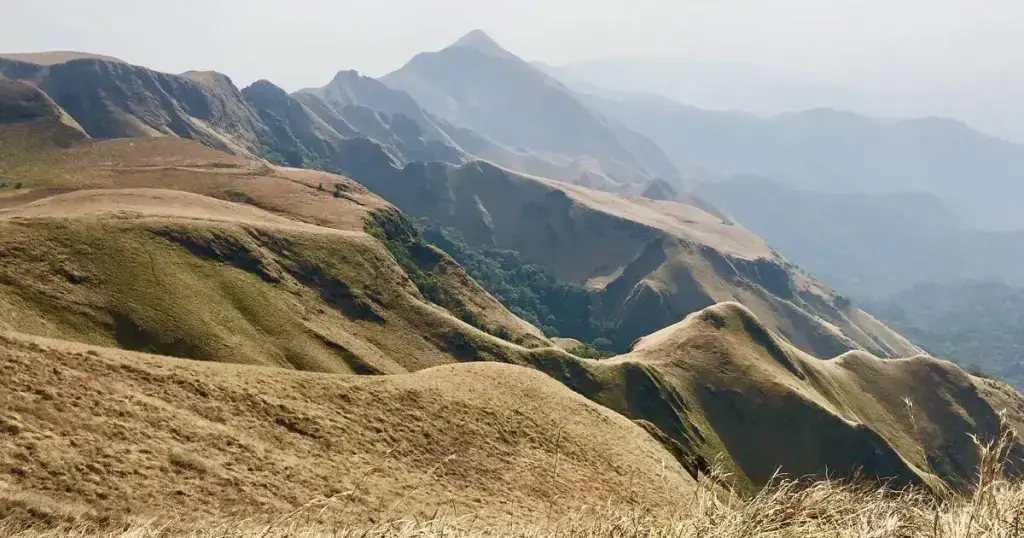
Fouta Djallon, a vast mountainous region in central Guinea, unfolds like an undulating landscape of plateaus, valleys and waterways.
In fact, its lush green hills hide countless waterfalls and springs.
Travelers can enjoy hiking, discovering Fulani communities and immersing themselves in the local culture.
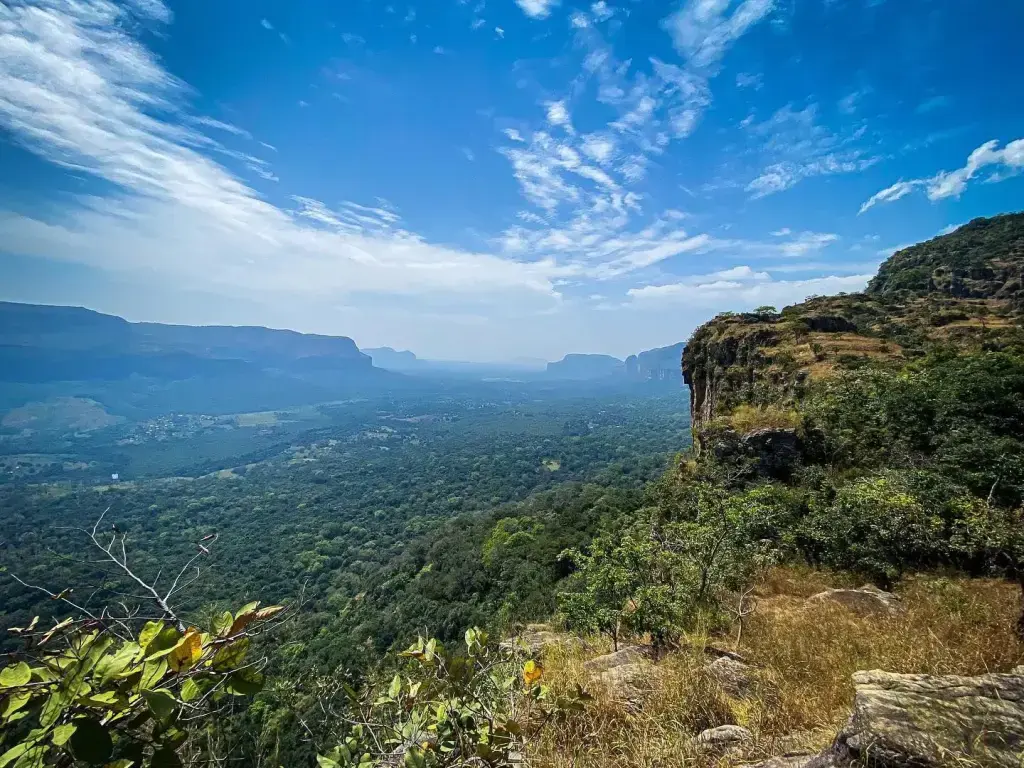
Kankan, Guinea’s second-largest city, lies in the east of the country, bordered by the majestic Niger River.
Not far away, the Julius Nyerere University is a reminder of the city’s dynamism in education.
Visitors are charmed by its lively markets, rich culture and traditional Mandingue dances.
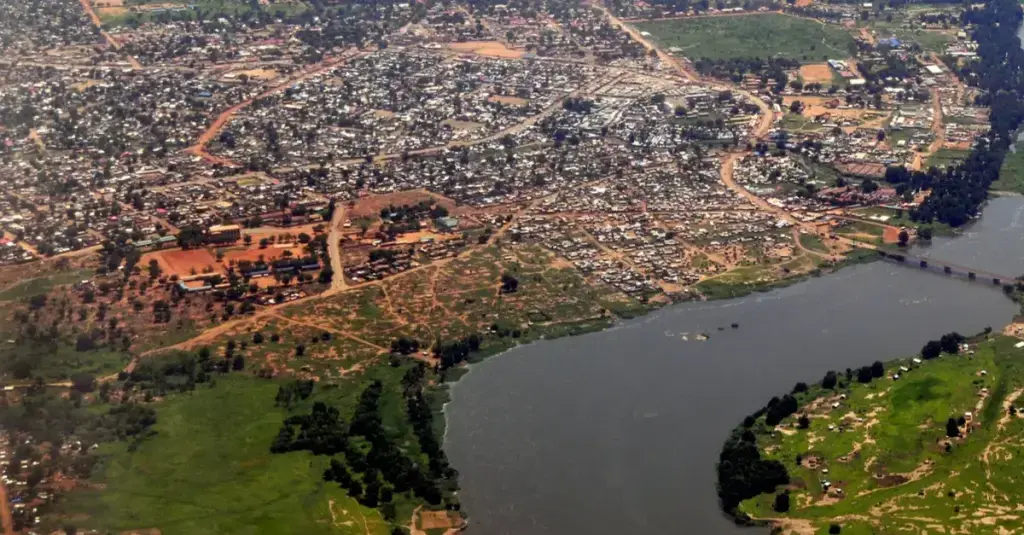
Ah, Kindia! Located in the west of Guinea, not far from the foothills of the Fouta Djallon, this town exudes greenery.
The central market is a burst of color, offering fruit, fabrics and local crafts.
In addition to its markets, Kindia is renowned for its rock formations and surrounding waterfalls.
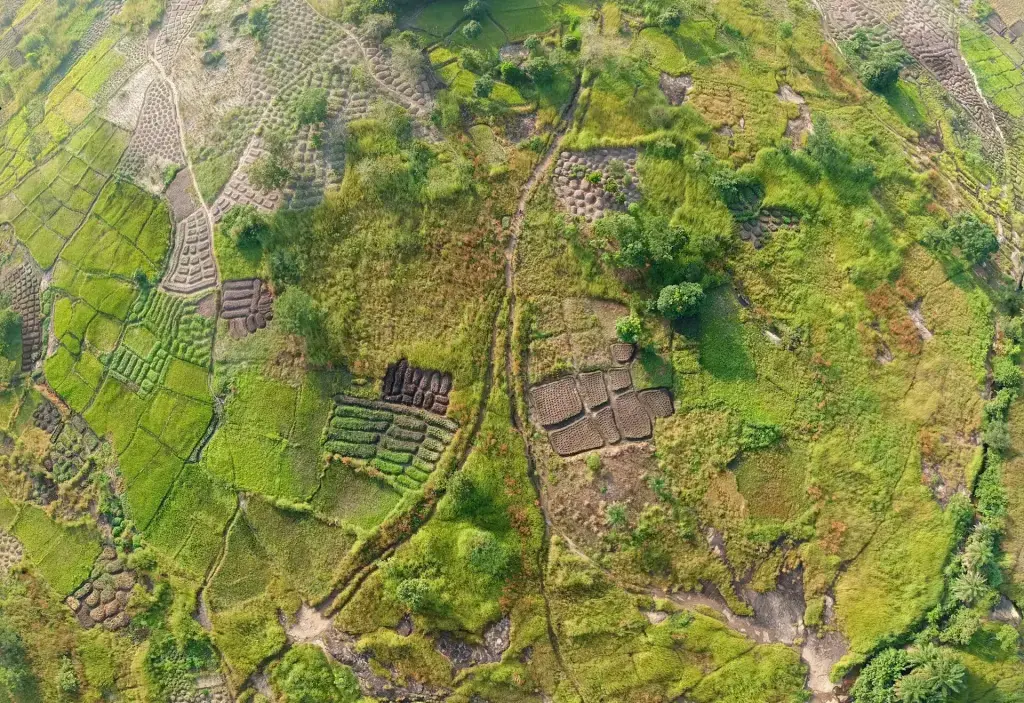
Badiar National Park nestles on the border between Guinea and Senegal, in the heart of the Fouta Djallon region.
It is surrounded by savannahs and dense forests, offering a varied and majestic landscape.
Visitors can observe elephants, baboons and many other wild animals.
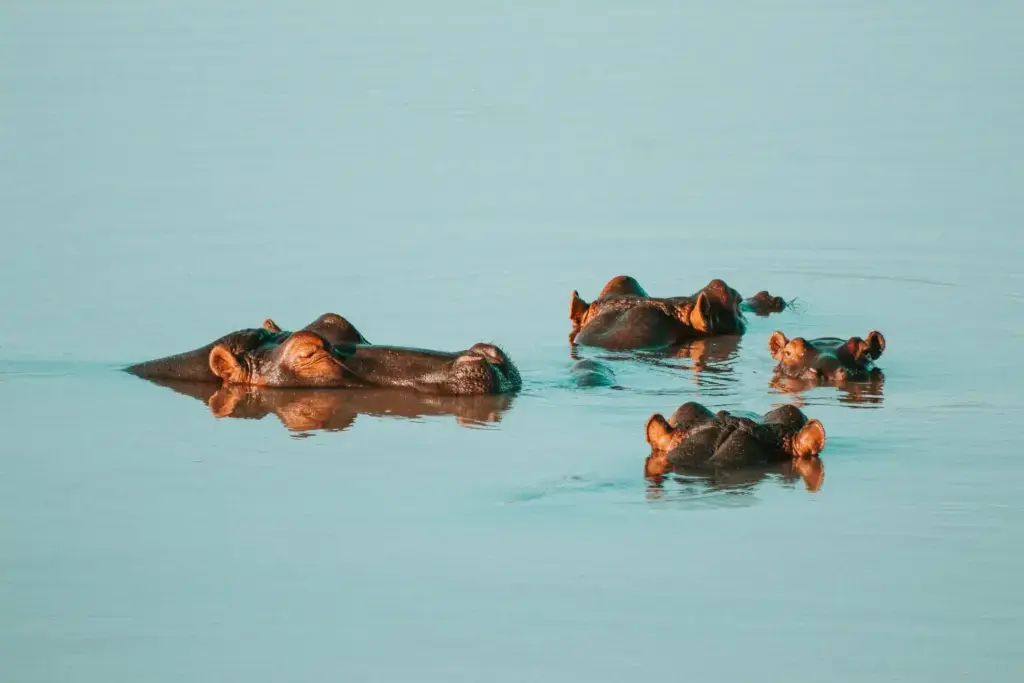
Labé, the pearl of Fouta Djallon, lies in the heart of Guinea.
Around it, lush green mountains and sparkling waterfalls add to its charm.
It is famous for its lively markets and rich history.
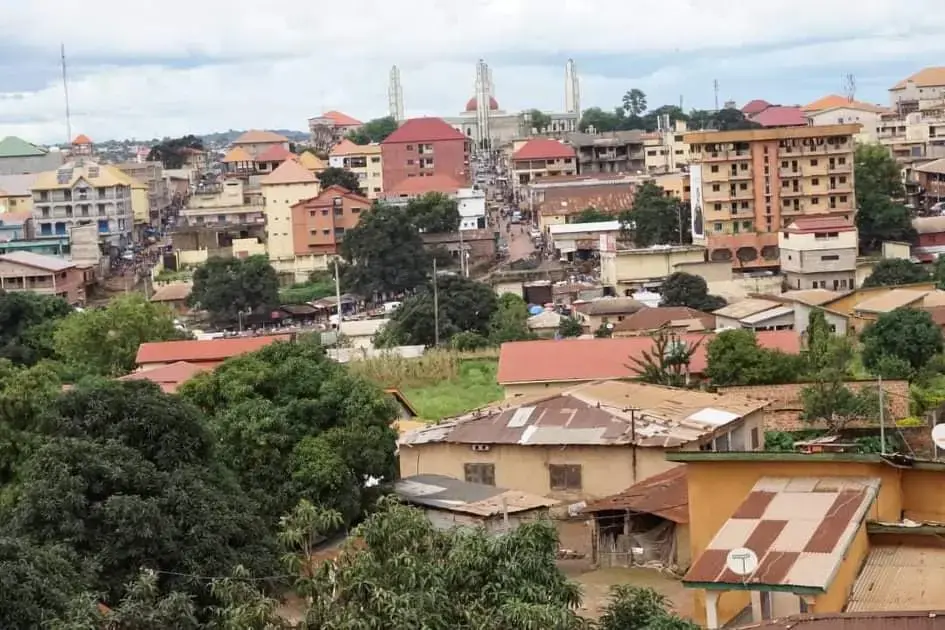
The Kambadaga Falls, nestling in the Pita region, are a veritable spectacle of nature.
They descend the mountain in three successive levels, offering breathtaking scenery. Ideal for swimming and relaxing, they also attract photography enthusiasts.

The caves of Guélakh, mysteriously sculpted in the heart of Fouta Djallon, reflect a fascinating geological past.
Inside, underground chambers and corridors stretch out, inviting exploration.
The cool caves and stalactite formations are a haven for adventurers.
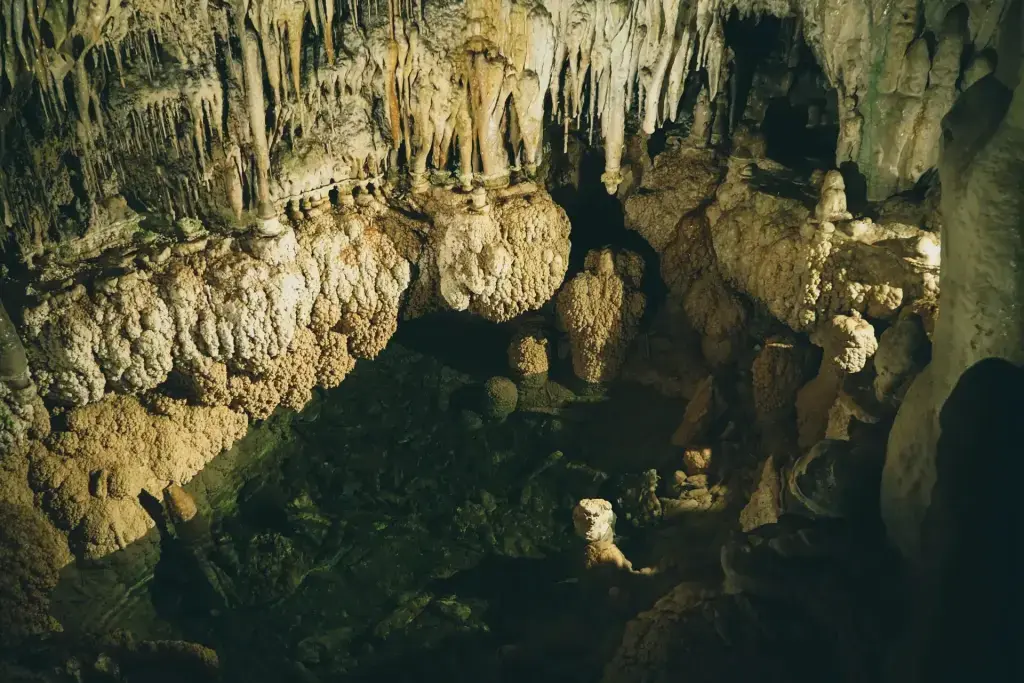
Located in the heart of Conakry, the Madina market is the economic heartbeat of the city. Here, colorful stalls abound with everything from spices to textiles.
The buzz of negotiation and the energy of the place offer a total immersion in Guinean culture.
Did you know that this is one of the biggest markets in West Africa?
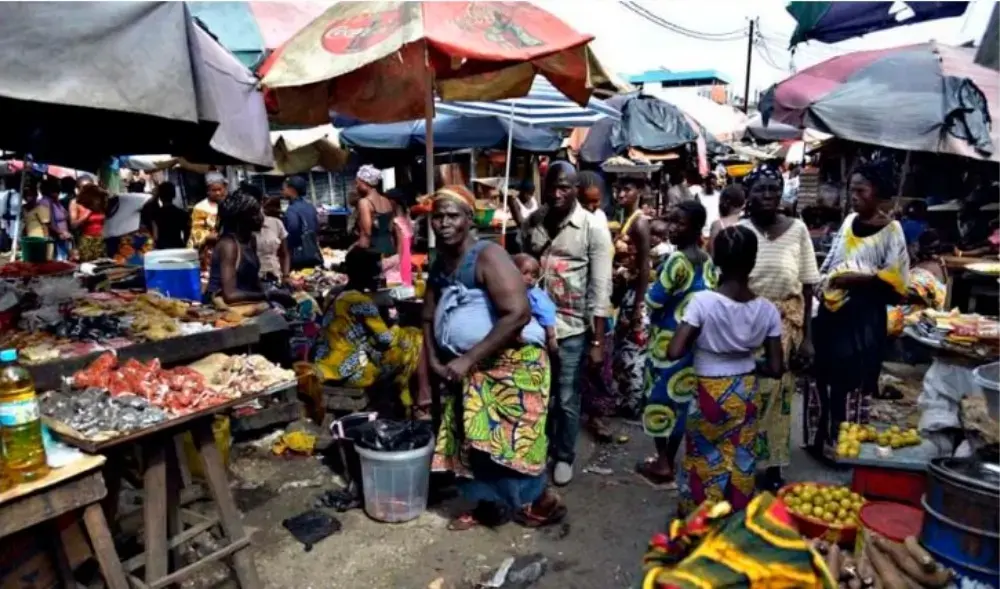
In the heart of Conakry stands the majestic Faisal Mosque.
With its imposing minarets and refined architecture, it is a real eye-catcher.
A sacred place of prayer, it is also a symbol of unity for the inhabitants. This mosque is the largest in sub-Saharan Africa.
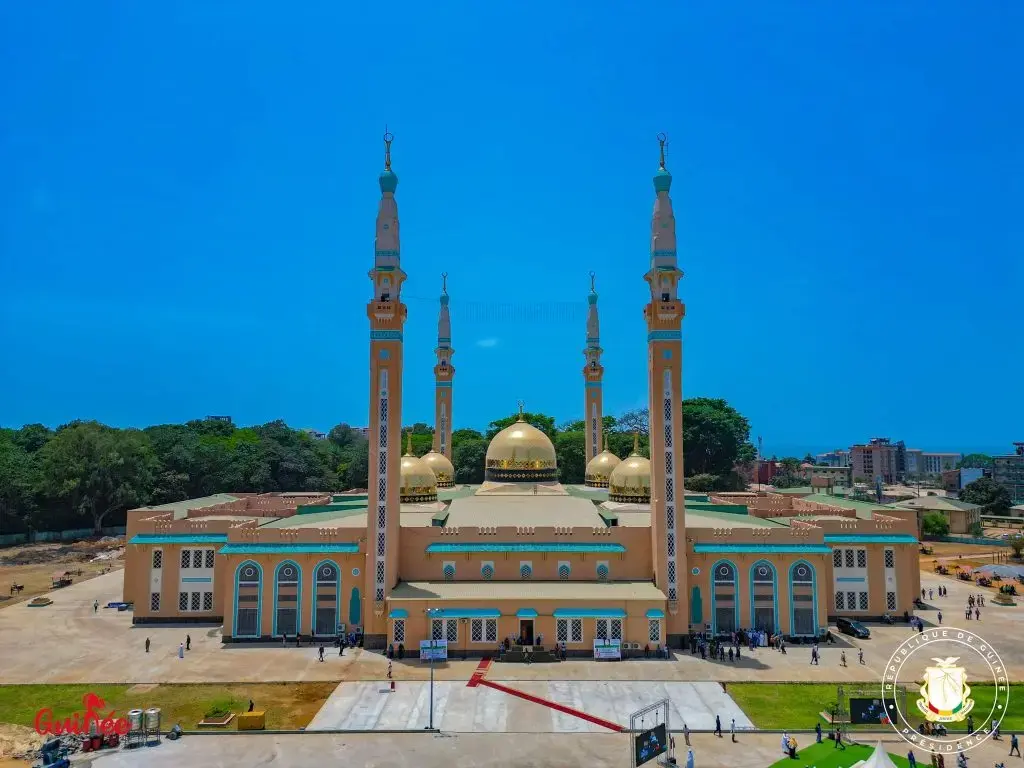
In northeastern Guinea, nestled near the borders with Mali and Côte d’Ivoire, lies the luminous town of Siguiri.
Its rich mining history sets it apart, with its abundant gold mines. Life here revolves around the Niger River, offering a multitude of fishing and trading activities.
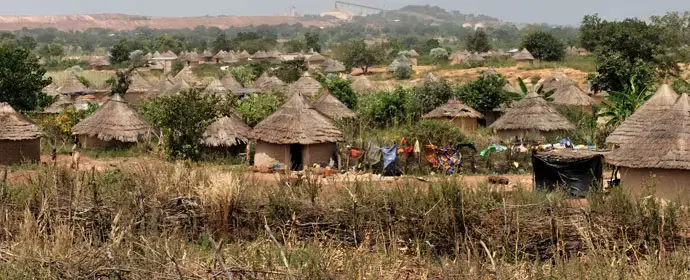
Lost in the south-east of Guinea, the Ziama reserve stretches out, green and mysterious.
This haven of biodiversity is home to exceptional flora and fauna.
For trekking enthusiasts, there are plenty of trails to explore the lush natural surroundings.
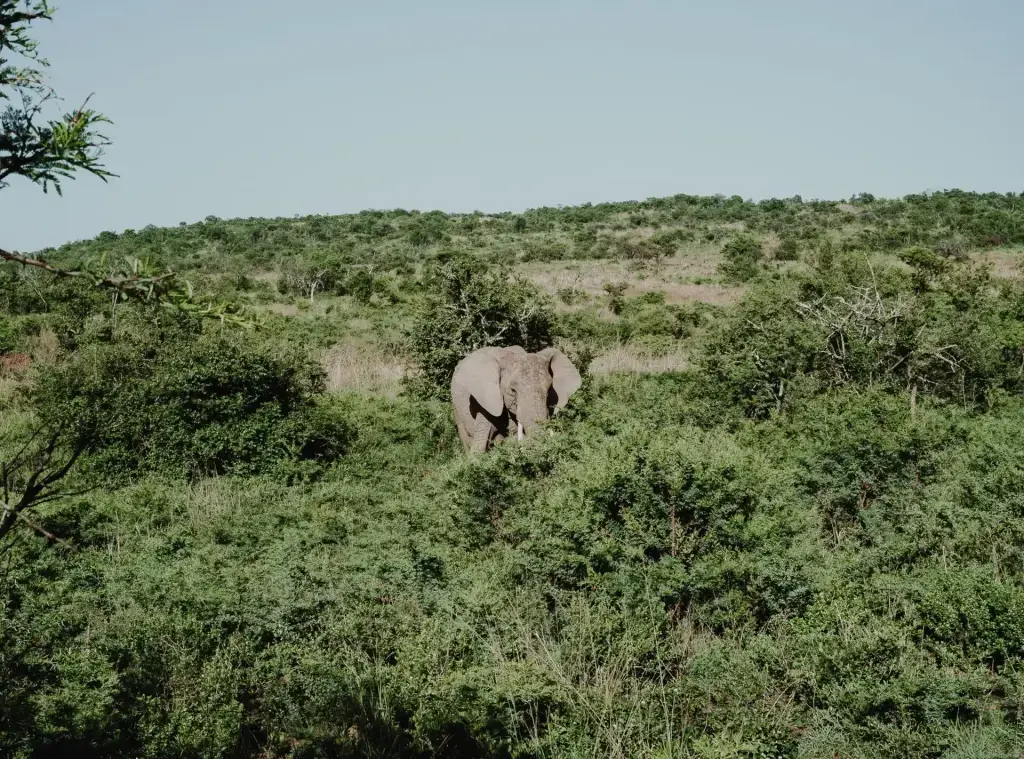
Nzérékoré, nestled in the heart of Guinea’s southeastern forest region, is a charming stopover.
It is surrounded by green hills and dense forests.
The local market, bustling with activity, offers an authentic insight into the daily lives of the local people.
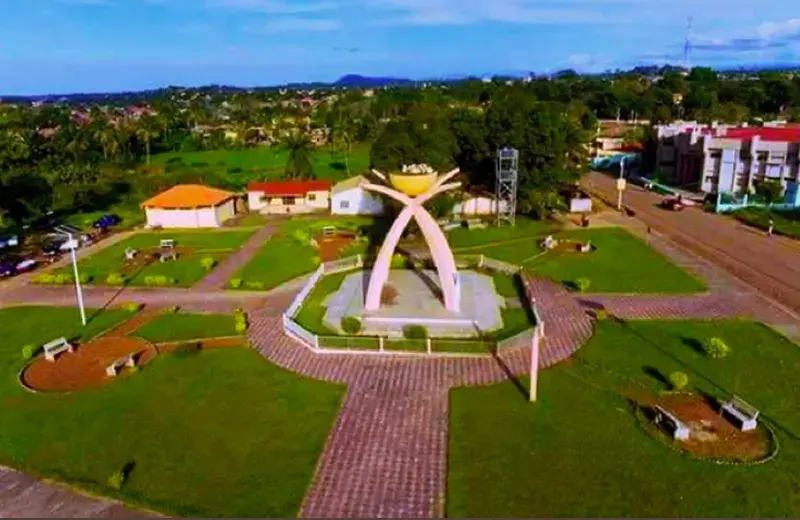
Mamou, often referred to as the “crossroads” of Guinea, stands majestically at the country’s crossroads.
It is renowned for its lively markets and vibrant streets.
Local festivities and encounters with friendly locals are a must here.
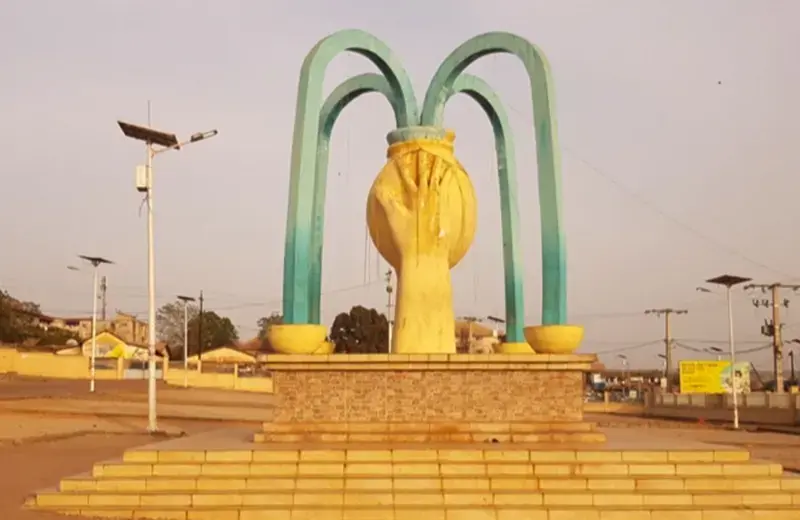
The Sandervalia National Museum is right in the heart of vibrant Conakry.
This museum houses priceless cultural and historical treasures from Guinea.
Visitors can discover artifacts, sculptures and paintings, tracing the nation’s rich and diverse history.
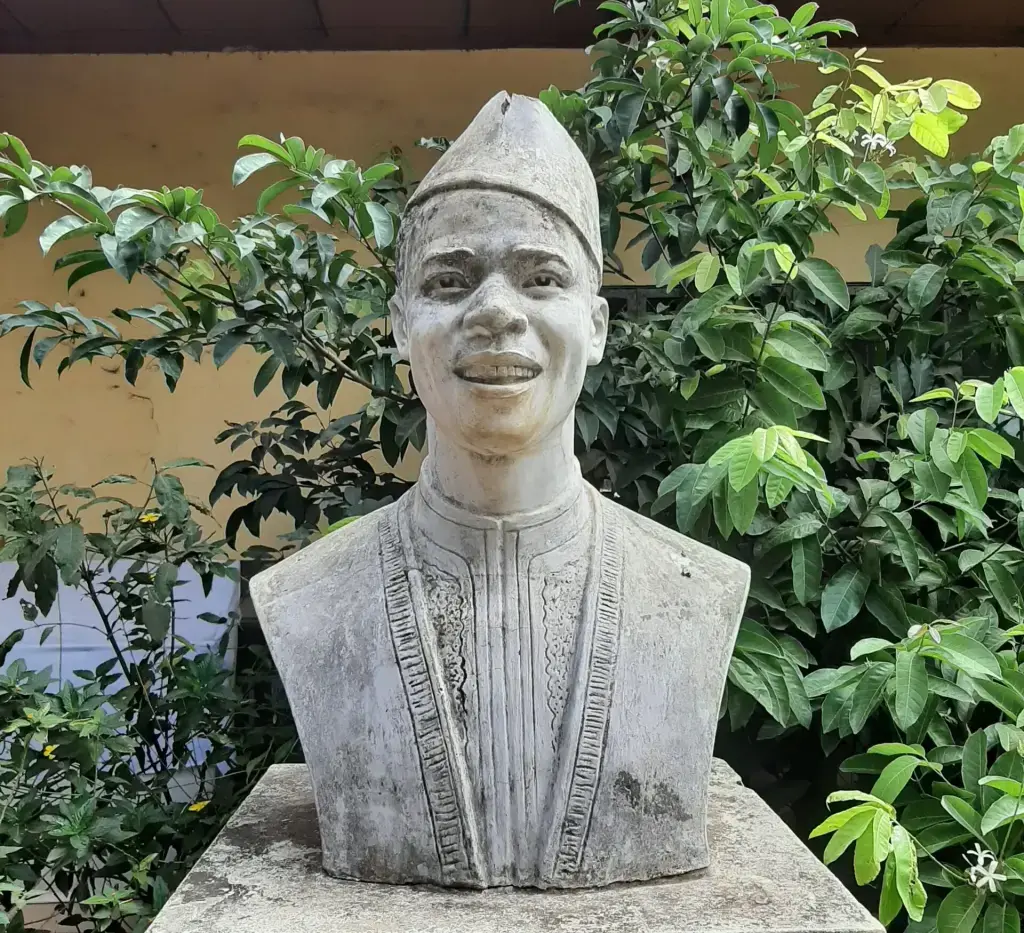
The beaches of Bel Air, ideally located close to Conakry, offer a breath of fresh air.
With its stretches of fine sand and turquoise waters, it’s a must for lovers of idleness.
Visitors come here to swim, sunbathe or sample local delicacies in the seaside restaurants.

Do you have any questions?
Our teams are here to advise you!

4,3/5 on Trustpilot

Certified partners

Human & committed service

Customized offer

Optimal coverage